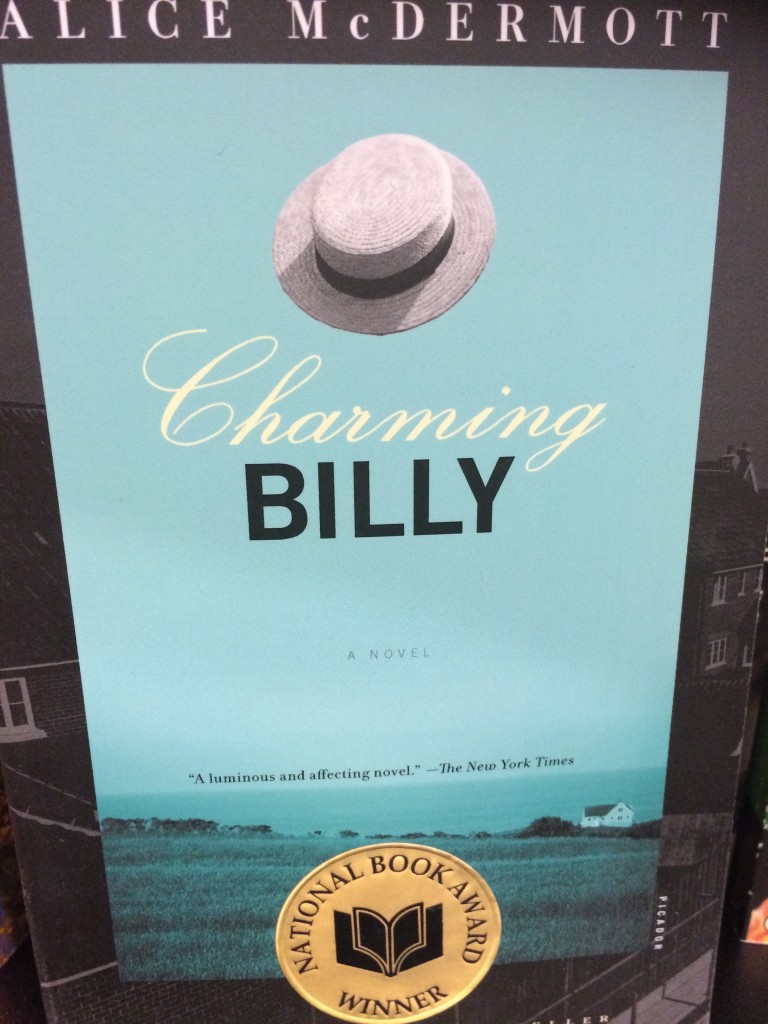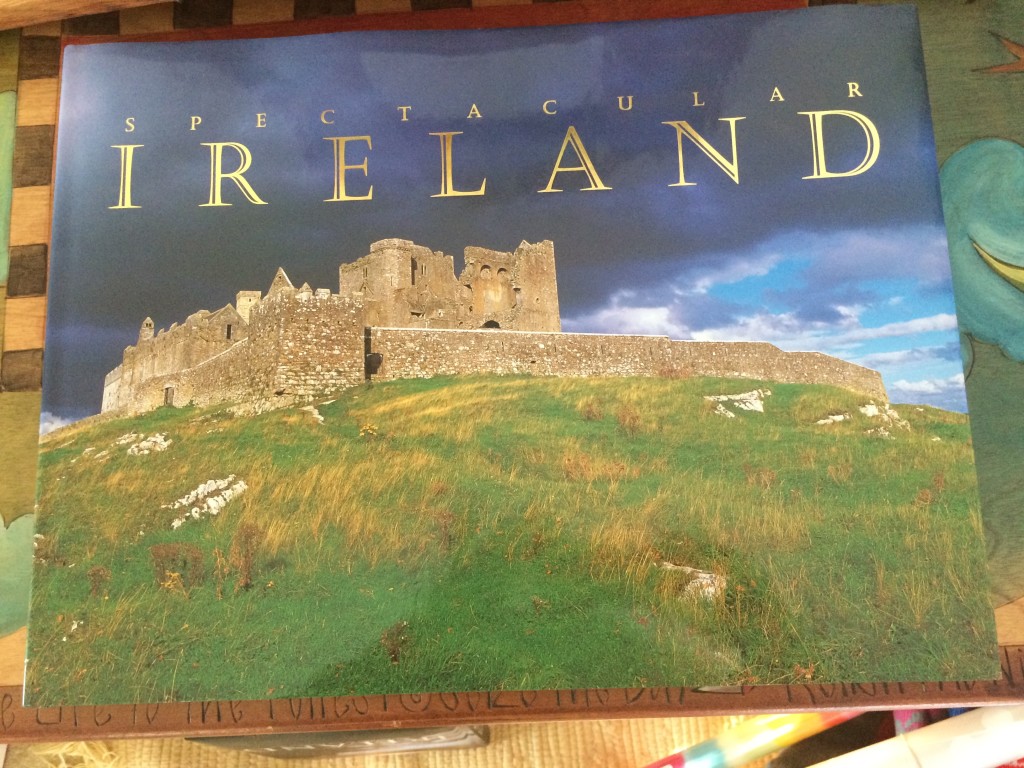 In celebration of St. Patrick’s Day 2015, ATG is exploring “All Things Irish.” Below is a book review of the Irish American novel Charming Billy by Alice McDermott.
In celebration of St. Patrick’s Day 2015, ATG is exploring “All Things Irish.” Below is a book review of the Irish American novel Charming Billy by Alice McDermott.
Alcoholism. Loyalty. Generosity. Poverty. Catholicism. Redemption. And love. These are the central themes running through Alice McDermott’s award-winning Irish American novel, Charming Billy (1998), which tells the story of the life and trials of one Billy Lynch – an enigmatic Irish American man from Queens, NY who seemingly succumbed to alcoholism after “losing” the love of his life.
Full of insight into the culture, values and struggles of Irish Americans, McDermott also offers glimpses into the stereotypes associated with the Irish, such as references to “Paddy,” Irish policemen, and the song “Danny Boy”*, while sprinkling episodes of humor throughout, giving this novel a distinctly Irish American feel.
As one might expect of such a novel, faith and Catholicism – and the subsequent guilt that is so characteristic among Irish Catholics – play a prominent role as the story unfolds. “I was certain I was going to hell…”, says Billy’s love interest, Eva, during their childhood. “…don’t all children think they’re going to hell?” Read more
